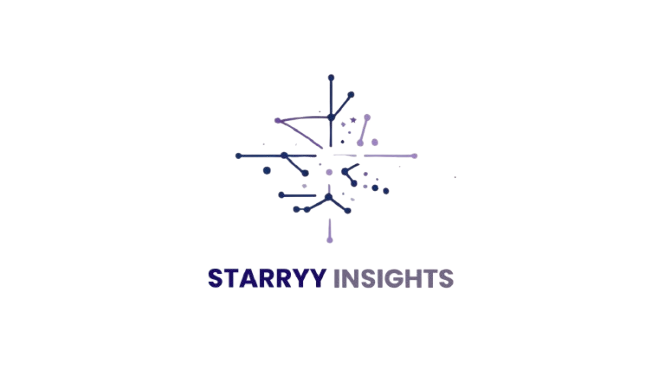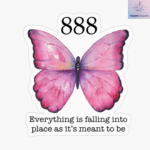Introduction
Tarot cards have fascinated spiritual seekers, mystics, and curious minds for centuries. They are not just tools for fortune-telling but also powerful instruments for self-discovery and guidance. In this comprehensive guide, we’ll delve into tarot cards, their history, how they work, popular spreads, and how to start reading tarot cards yourself.
What Are Tarot Cards?
Tarot cards are a deck of 78 cards used for divination, self-reflection, and spiritual guidance. The deck is typically divided into two main sections:
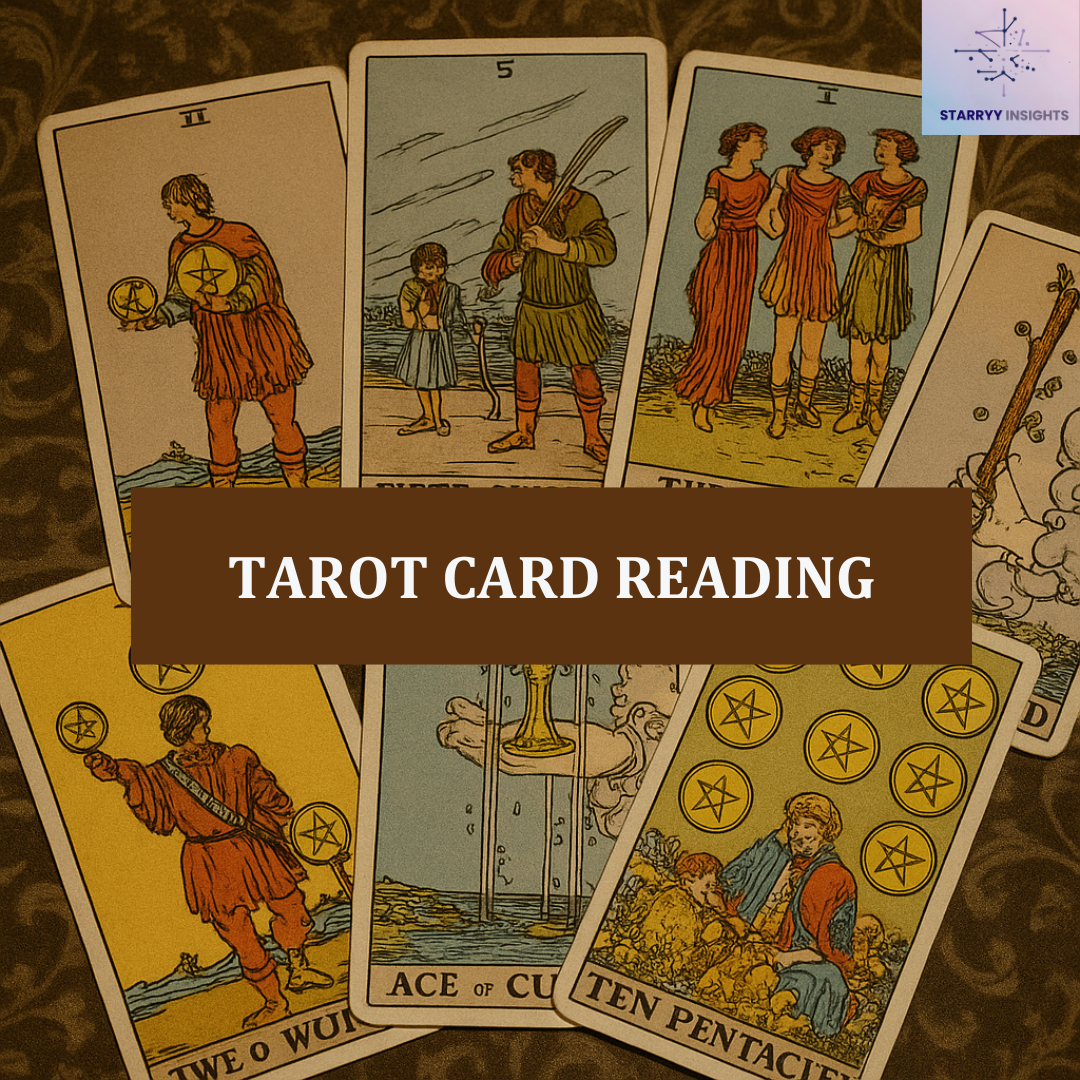
- The Major Arcana (22 cards): These cards represent significant life themes and milestones, like The Fool, The Magician, and The World.
- The Minor Arcana (56 cards): These are divided into four suits (Cups, Pentacles, Swords, and Wands), each representing different aspects of daily life.
Each card holds rich symbolism and imagery, making tarot reading both an art and a science.
History of Tarot Cards
Tarot cards history dates back to the 15th century in Europe, where they began as playing cards before evolving into divination tools. The earliest known tarot decks come from Italy, including the Visconti-Sforza deck. In the 18th century, tarot’s connection with mysticism and the occult flourished, thanks to the work of occultists like Antoine Court de Gébelin and Jean-Baptiste Alliette (Etteilla).
Today, tarot is recognized worldwide as a powerful tool for personal growth, spiritual insight, and even psychological exploration.
How Do Tarot Cards Work?
Tarot readings are often misunderstood as simply predicting the future, but in reality, they are much more about providing guidance, insight, and clarity. The tarot is a tool that helps you explore your subconscious, reflect on your circumstances, and uncover the deeper meanings of your experiences.
A tarot reader uses a combination of intuition and knowledge of tarot symbolism to interpret the images and messages on the cards. Each tarot card is rich with archetypal symbols, colors, and imagery that resonate with human experiences, emotions, and life challenges. When you ask a question or focus on a situation, the tarot reading acts as a mirror, reflecting the energies and possibilities surrounding your inquiry.
Interpreting the Cards
A typical tarot reading involves the reader:
- Shuffling the deck: This helps infuse your energy and intention into the cards.
- Laying out the cards: The reader chooses a spread that best suits the question or topic.
- Interpreting the spread: The positions of the cards in the spread provide context, and their symbolism reveals insights into your situation.
For example:
- The Fool might signify new beginnings or a leap of faith.
- The Tower could warn of sudden changes or upheaval.
- The Lovers might point to important choices in relationships or values.
“Also read about angel number 999- Click Here“
Types of Tarot Cards: Major Arcana, Minor Arcana, and Suits Explained
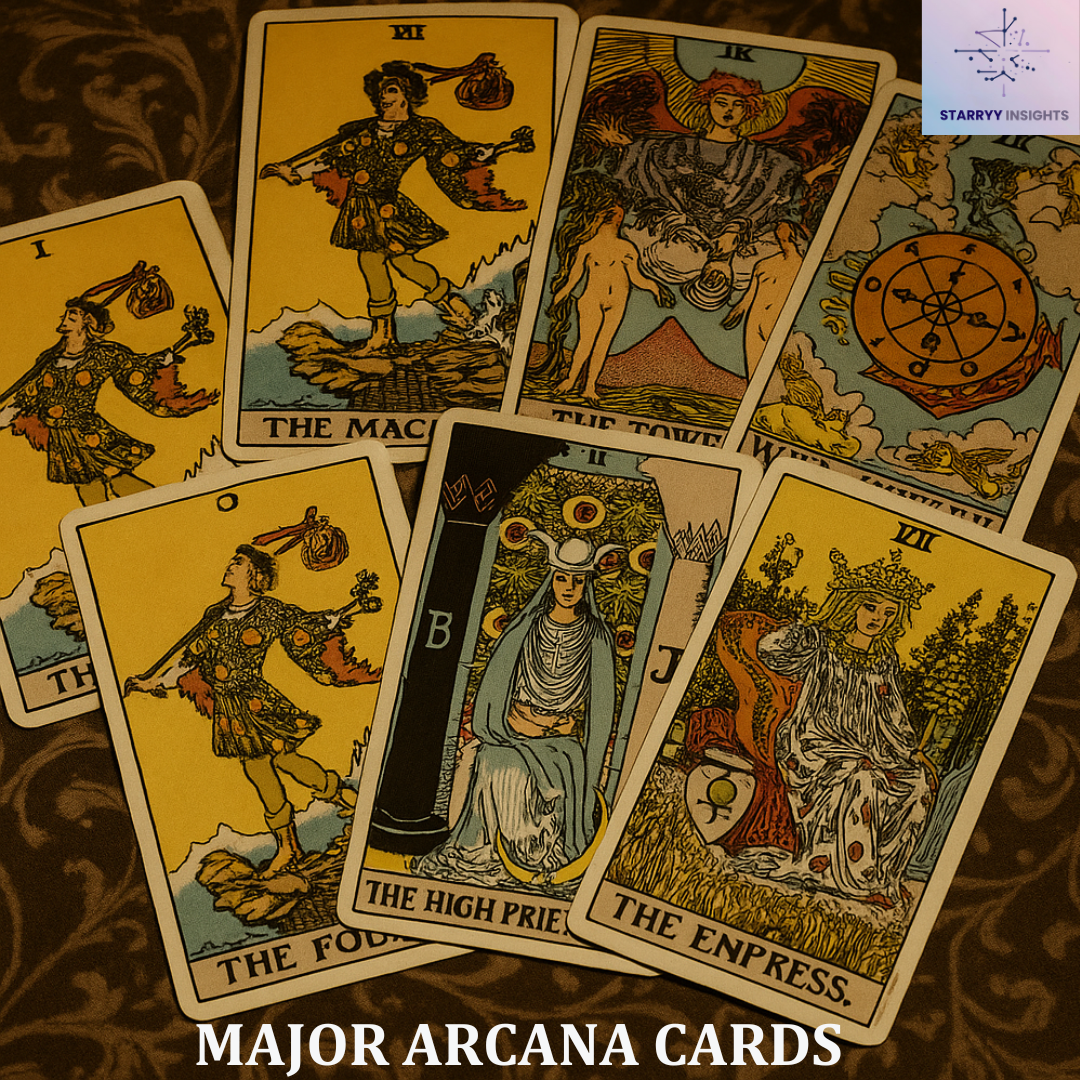
Understanding the types of tarot cards is essential for both beginners and experienced readers. Tarot decks typically contain 78 cards, divided into two main categories: the Major Arcana and the Minor Arcana. Each has unique symbolism and significance, guiding readers through various aspects of life.
Major Arcana
The Major Arcana consists of 22 cards that represent significant life events, spiritual lessons, and archetypal energies. These cards often carry more weight in a reading and highlight major turning points or deep-seated influences.
Examples of Major Arcana Cards:
- The Fool: New beginnings, innocence, potential.
- The Magician: Manifestation, skill, power.
- The High Priestess: Intuition, mystery, subconscious.
- The Tower: Sudden change, upheaval, transformation.
- The World: Completion, fulfillment, accomplishment.
Minor Arcana
The Minor Arcana comprises 56 cards that depict everyday events, challenges, and experiences. These cards provide detailed context and practical advice for daily life.
The Minor Arcana is divided into four suits, each with its own symbolism:
A. Cups
- Element: Water
- Themes: Emotions, relationships, intuition.
- Cards: Ace of Cups, Two of Cups, Three of Cups, etc.
- Example: Ace of Cups symbolizes new emotional beginnings and potential for love.
B. Pentacles
- Element: Earth
- Themes: Material wealth, work, finances, physical health.
- Cards: Ace of Pentacles, Two of Pentacles, Three of Pentacles, etc.
- Example: Ten of Pentacles represents legacy, stability, and generational wealth.
C. Swords
- Element: Air
- Themes: Thoughts, communication, challenges, conflicts.
- Cards: Ace of Swords, Two of Swords, Three of Swords, etc.
- Example: Three of Swords signifies heartbreak, grief, and painful truths.
D. Wands
- Element: Fire
- Themes: Creativity, passion, ambition, action.
- Cards: Ace of Wands, Two of Wands, Three of Wands, etc.
- Example: Ace of Wands brings inspiration, new projects, and opportunities.
Common Tarot Reading Methods
Here are some popular spreads that readers use to unlock deeper insights:
1. Three-Card Spread
This classic spread offers a simple yet powerful snapshot of:
- Past: What energies or influences have led you to the current situation.
- Present: What’s happening right now that needs your attention.
- Future: Possible outcomes or guidance on what’s ahead.
2. Celtic Cross Spread
One of the most in-depth tarot spreads, the Celtic Cross consists of 10 cards that explore:
- The heart of the matter (your main concern)
- Challenges or obstacles
- Conscious and unconscious influences
- Past events
- Near future
- Advice and external influences
- Hopes and fears
- Final outcome
It’s ideal for complex questions or when you need a holistic view of a situation.
3. Single Card Draw
Perfect for beginners or daily guidance, the single card draw offers a focused answer to a specific question or simply a message for the day. It helps you develop your intuition and connect with the tarot on a deeper level.
How to Start Reading Tarot Cards
If you’re curious about how to read tarot cards, here’s a beginner’s roadmap:
- Choose Your Deck: Popular beginner decks include the Rider-Waite-Smith Tarot for its clear symbolism and availability.
- Learn the Meanings: Start with the Major Arcana, then learn the Minor Arcana suits. Use guidebooks or online resources.
- Practice Daily: Pull a daily card and reflect on its message.
- Trust Your Intuition: Let your feelings and impressions guide you, alongside traditional meanings.
Benefits of Tarot Cards
Tarot isn’t just for predicting the future. Here are some benefits of tarot card readings:
- Self-Reflection: Understand your motivations, fears, and desires.
- Decision-Making: Gain clarity and confidence.
- Spiritual Growth: Connect with your higher self.
- Mindfulness: Stay present and aware of your journey.
Popular Tarot Decks
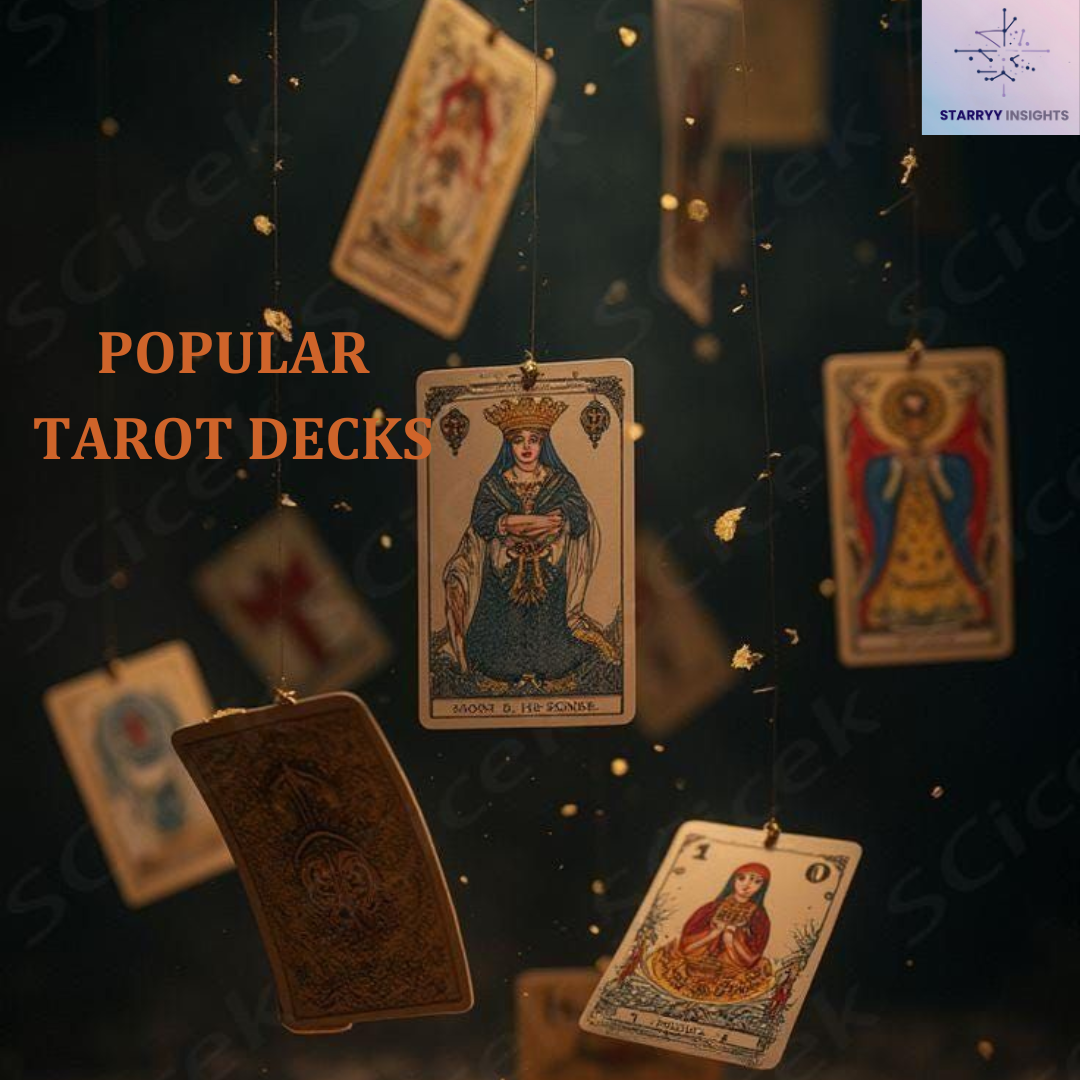
Here are some best tarot cards to consider:
- Rider-Waite-Smith Tarot: Classic and beginner-friendly.
- Thoth Tarot Deck: Rich in symbolism, designed by Aleister Crowley.
- Wild Unknown Tarot: A modern, nature-inspired deck.
- Marseille Tarot: A historic deck, great for traditionalists.
Tips for an Effective Tarot Reading
Tarot reading is as much about your mindset and environment as it is about the cards themselves. To get the most accurate and insightful results, follow these essential tips:
1. Set an Intention
Before you even pick up the deck, take a moment to focus on your question or area of life you want guidance on. This helps you center your energy and directs the reading toward what truly matters. A clear intention also prevents confusion or conflicting answers during the reading. For example, ask questions like:
- “What do I need to know about my career right now?”
- “What guidance can I receive about my relationship?”
2. Create a Calm Space
A calm, quiet space is crucial for a focused tarot reading. Distractions, noise, or cluttered environments can cloud your intuition and make it harder to connect with the cards. Light a candle, burn some incense, or play soft music if that helps you relax. Creating a peaceful atmosphere enhances your connection to the cards and to your own intuition.
3. Be Open-Minded
Tarot isn’t about predicting the future in a rigid way—it’s about opening your mind to new perspectives. Approach the reading with curiosity and a willingness to explore different interpretations. The cards may reveal hidden truths or unexpected insights that challenge your current thinking. Stay receptive, even if the answer surprises you.
4. Record Your Readings
A tarot journal is one of the best tools for personal growth through tarot. After each reading, write down the question you asked, the cards you pulled, and your initial interpretations. Over time, you’ll notice patterns, recurring themes, and deeper layers of meaning. This reflective practice not only improves your tarot reading skills but also helps you track your spiritual and personal development.
Conclusion
Tarot cards are more than just mystical symbols; they’re a gateway to self-awareness, guidance, and empowerment. Whether you’re seeking clarity, inspiration, or simply a new hobby, exploring tarot cards can open doors to deeper wisdom and personal growth.
FAQs
Q1: Can anyone read tarot cards?
Yes! With practice, anyone can learn to read tarot cards and interpret their meanings.
Q2: Do tarot cards predict the future?
Tarot cards provide guidance, insight, and possible outcomes rather than definitive predictions.
Q3: What is the best tarot deck for beginners?
The Rider-Waite-Smith Tarot is widely recommended for beginners due to its clear imagery and accessibility.
Q4: How often should I read tarot cards?
Daily draws or weekly readings can be helpful. Trust your intuition and read as often as feels right for you.
Q5: Is tarot connected to any religion?
Tarot is a spiritual tool and not tied to any specific religion. It can be used by anyone, regardless of their beliefs.
